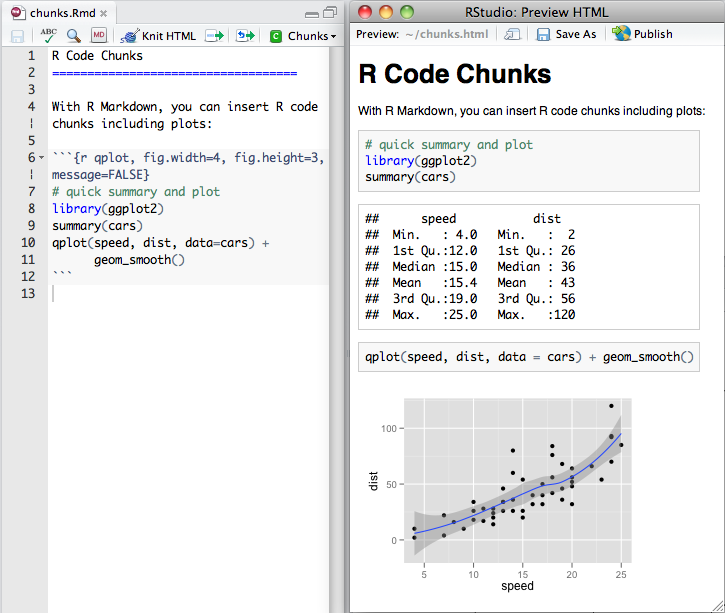

- #RMARKDOWN IMAGES HOW TO#
- #RMARKDOWN IMAGES UPDATE#
- #RMARKDOWN IMAGES SOFTWARE#
- #RMARKDOWN IMAGES CODE#
- #RMARKDOWN IMAGES SERIES#
While we’re at it, several people had asked how to use magick images in shiny apps. Try rendering it in RStudio to see how easy it is! 🔗
#RMARKDOWN IMAGES CODE#
The magick vignette source code is itself written in Rmarkdown, so it’s great example to see this in action. Same works for animation with image_animate() the figure shows automatically up in the report as a gif image: image_read("") %>% Image_annotate("Very usefull stuff", size = 40, location = "+300+100", color = "navy", boxcolor = "pink") Again no special packages or system dependencies are required. You can also combine this with the magick graphics device to post process or animate your plots and figures directly in knitr. No special options or packages are required the image automatically appears in your documents when printed! # Example from our post last week To embed magick images in your rmarkdown report, simply use standard code chunk syntax in your Rmd file. Magick 1.5 is now fully compatible with knitr. Stopifnot(packageVersion('magick') >= 1.5)Īlso the magick intro vignette has been updated in this version to cover the latest features available in the package. In this post we show how this nicely ties together a reproducible image workflow in R, from source image or plot directly into your report or application.
#RMARKDOWN IMAGES UPDATE#
The latest update adds support for using images in knitr documents and shiny apps. This work is licensed under the Attribution-NonCommercial-NoDerivatives 4.0 International License.This week magick 1.5 appeared on CRAN. Wilke,” so that I can maintain the option of publishing this book in other forms. If you do the latter, in your commit message, please add the sentence “I assign the copyright of this contribution to Claus O. If you notice typos or other issues, feel free to open an issue on GitHub or submit a pull request. The book’s source code is hosted on GitHub, at. The entire book is written in R Markdown, using RStudio as my text editor and the bookdown package to turn a collection of markdown documents into a coherent whole. I have attempted to collect my accumulated knowledge from these interactions in the form of this book. Over the years, I have noticed that the same issues arise over and over. It has grown out of my experience of working with students and postdocs in my laboratory on thousands of data visualizations. The book is meant as a guide to making visualizations that accurately reflect the data, tell a story, and look professional. If you would like to order an official hardcopy or ebook, you can do so at various resellers, including Amazon, Barnes and Noble, Google Play, or Powells. The website contains the complete author manuscript before final copy-editing and other quality control. This is the website for the book “Fundamentals of Data Visualization,” published by O’Reilly Media, Inc. 30.1 Thinking about data and visualization.29.5 Be consistent but don’t be repetitive.

#RMARKDOWN IMAGES SOFTWARE#
28 Choosing the right visualization software.27.2 Lossless and lossy compression of bitmap graphics.27 Understanding the most commonly used image file formats.26.3 Appropriate use of 3D visualizations.23.1 Providing the appropriate amount of context.20.1 Designing legends with redundant coding.19.3 Not designing for color-vision deficiency.19.2 Using non-monotonic color scales to encode data values.19.1 Encoding too much or irrelevant information.18.1 Partial transparency and jittering.

#RMARKDOWN IMAGES SERIES#


 0 kommentar(er)
0 kommentar(er)
